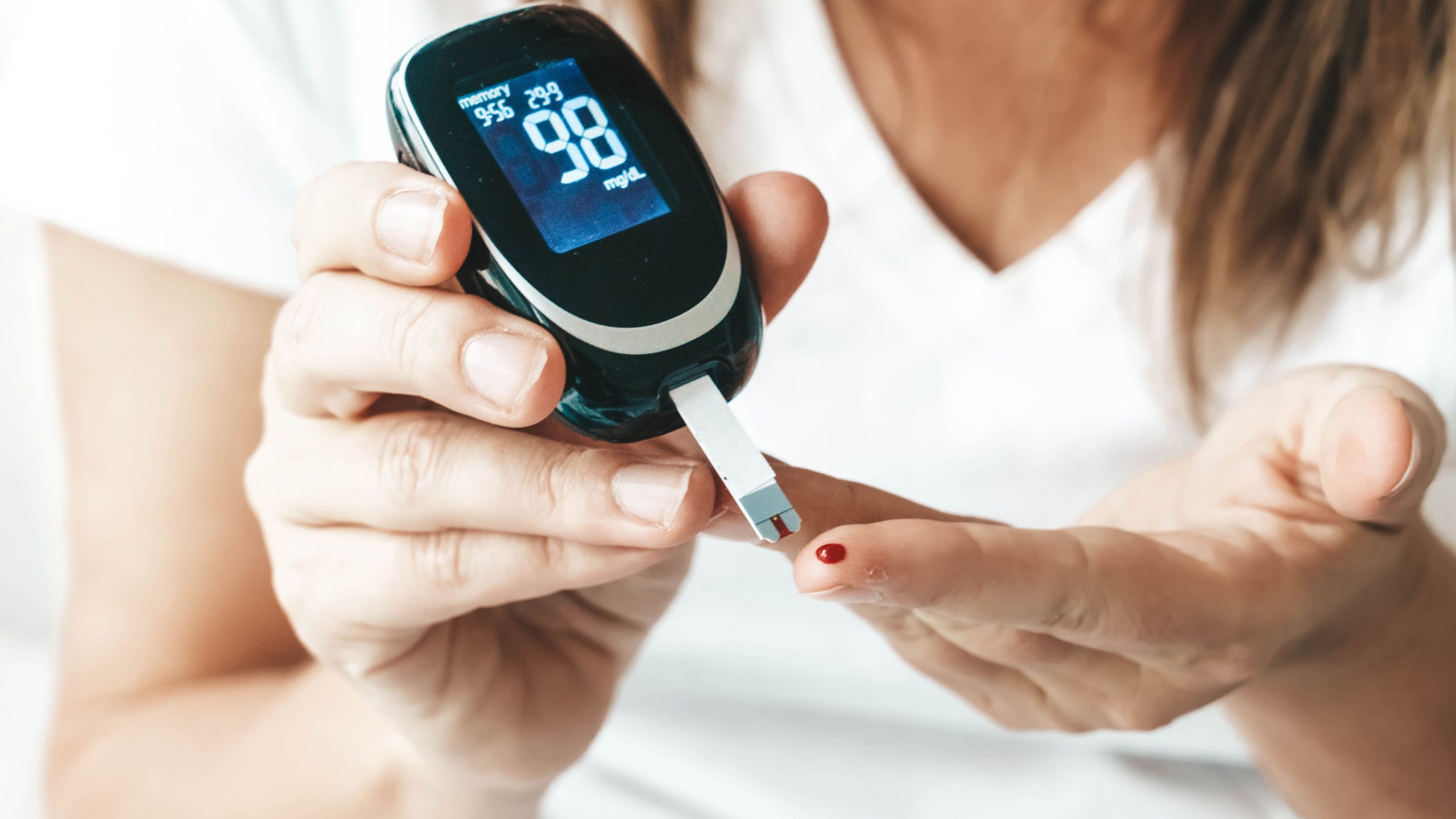
The blood sugar level in a healthy adult without diabetes depends on the timing and method of testing. It is important to understand what normal blood sugar levels are before and after meals, as well as the recommended levels of HbA1c (Haemoglobin A1c) for individuals with and without diabetes. If you have diabetes, it is advisable to consult your doctor to determine appropriate blood sugar targets based on factors such as age, condition severity, medications and overall health.
Importance of optimal blood sugar levels maintenance:
1. Diabetes management: For individuals with diabetes, proper blood sugar level maintenance is essential to manage their condition effectively. Consistently high or low blood sugar levels can lead to complications and impact various organs and bodily functions.
2. Energy and focus: Balanced blood sugar levels provide the body with a steady supply of energy. When blood sugar levels are stable, it helps to sustain energy levels throughout the day, enhancing focus, productivity, and overall cognitive function.
3. Weight management: Blood sugar level maintenance plays a significant role in weight management. Spikes and drops in blood sugar can trigger cravings, leading to unhealthy food choices and overeating. By keeping blood sugar levels stable, it becomes easier to maintain a healthy weight.
4. Prevention of long-term complications: Chronic high blood sugar levels can result in long-term complications such as cardiovascular disease, nerve damage, kidney problems, and vision issues. By keeping blood sugar levels within the target range, the risk of these complications can be significantly reduced.
5. Overall health and well-being: Balanced blood sugar levels contribute to overall health and well-being. It helps to regulate mood, reduce fatigue, promote better sleep quality, support immune function, and improve the body’s ability to heal and recover.
6. Prevention of hypoglycemia: Maintaining appropriate blood sugar levels helps prevent hypoglycemia, a condition characterized by dangerously low blood sugar levels. Hypoglycemia can lead to symptoms such as dizziness, confusion, and, in severe cases, loss of consciousness. Regular monitoring and appropriate management of blood sugar levels help prevent these episodes.
Various tests can be conducted to indicate the blood sugar level in an individual. The test- wise Normal blood sugar levels chart is provided below:
| Test | Blood sugar level range for non-diabetic person | Blood sugar level range for diabetic person | Additional remarks |
| Fasting blood glucose level test | 70–99 mg/dl (3.9–6 mmol/L) | 80–130 mg/dl (4.5–7.2 mmol/L) | Values between 50 and 70 are commonly seen in healthy individuals |
| Two hours after a meal | Below 140 mg/dl (7.8 mmol/L) | Below 180 mg/dl (10.0 mmol/L) | This test provides insights into post-meal blood sugar levels. |
| Random blood sugar level test | Below 200mg/dl (or 11.1 mmol/L) | 200 mg/dL or above | This test involves taking a blood sample at any time, regardless of when the last meal was consumed. |
| HbA1c Test | Below 5.7% | 7% or less | HbA1c test or Haemoglobin A1C test does not require fasting and provides an average blood glucose level over the past two to three months. This test measures the amount of glucose that has bound to red blood cells during that period. |
High blood sugar (hyperglycaemia)
High blood sugar, known as hyperglycaemia, occurs when blood sugar levels are consistently higher than normal. This is a common issue for individuals with diabetes, as well as pregnant women with gestational diabetes and those who are severely ill.
Symptoms:
- Increased thirst
- Hunger
- Frequent urination
- Headaches
- Fatigue
- Blurred vision
- Issues with concentration and thinking.
- Organ and tissue damage
- Immune system’s response impairment
- Wounds and cuts
- Nerve damage
- Visual issues
- Kidney damage
- Blood vessel damage
Treatment:
Mild hyperglycaemia can often be managed through dietary and lifestyle changes, while individuals with type 1 diabetes require insulin administration and those with type 2 diabetes may use a combination of injectable and oral medications, including insulin in some cases.
Low blood sugar (hypoglycaemia)
On the other hand, low blood sugar, known as hypoglycaemia, occurs when blood sugar levels drop too low. This can happen to individuals with diabetes when their bodies lack sufficient glucose for energy. Hypoglycaemia is often caused by taking an excessive amount of diabetes medication, eating less than expected, engaging in excessive exercise, or skipping meals.
Symptoms:
- A pale face
- Unexplained fatigue
- Hunger
- Excessive perspiration
- Skin tingling
- Headache
- Trembling in hands and other body parts
- Blurry vision
- Rapid heart rate
Treatment:
To treat low blood sugar, it is important to consume carbohydrate-rich foods such as granola bars, fruit, fruit juice, or cookies when experiencing these symptoms. People with low blood sugar are usually aware of their condition and tend to carry snacks to manage episodes of hypoglycaemia.